Efficient power distribution forms the foundation of modern industrial operations. Industries depend on reliable power distribution equipment to maintain continuous production, minimize downtime, and uphold safety standards. This blog will examine the key components of power distribution systems and their vital roles in improving industrial efficiency and performance.
Power distribution equipment forms the core of any electrical infrastructure in industrial operations. Whether managing a factory, operating a processing plant, or managing a warehouse, distributing power safely and efficiently is crucial. Below are some of the top power distribution equipment listed.
Transformers play a crucial role in adjusting voltage levels to meet specific industrial requirements. They step up or stepdown voltage, facilitating efficient power transmission and ensuring compatibility with machinery.
Without transformers, industries would face challenges in powering equipment that operates at varying voltage levels. Each type of transformer plays a crucial role in ensuring optimal performance and reliability in industrial power systems. Common types of transformers include:
Circuit breakers serve as protective devices, interrupting the flow of electricity in the event of overloads or short circuits. By doing so, they prevent potential damage to equipment and reduce the risk of fire hazards. Regular maintenance and timely replacement of circuit breakers are crucial to maintaining their efficacy. Common types of circuit breakers include:
Distribution panels (also known as distribution boards or breaker panels) are essential components in electrical systems. They distribute electrical power to various circuits within a building and protect circuit breakers or fuses. Different types of distribution panels are designed for specific applications.
Here’s a breakdown of the main types:
Features:
Features:
Features:
Features:
Features:
Features:
Features:
Conduit accessories are essential components in electrical systems, ensuring safe, efficient, and organized power distribution. People use these accessories alongside conduit systems to protect and route electrical wiring through buildings, industrial environments, or outdoor settings. Conduit accessories help reduce wear and tear, prevent damage, and simplify maintenance by maintaining the integrity and continuity of the wiring path.
Whether it's a commercial installation or a complex industrial setup, the right conduit fittings and accessories support code compliance, enhance durability, and improve the efficiency of electrical systems.
Here’s a quick look at the most used conduit accessories and their functions:
Examples: Couplings, connectors, adapters, and elbows.
Locknuts and washers secure conduit fittings to electrical boxes or enclosures, ensuring a tight and grounded connection. These are especially important in metal conduit systems where proper grounding is critical.
Switchboards are assemblies of electrical components that distribute electrical power to various circuits. They include switches, fuses, and circuit breakers, providing a centralized point for controlling and protecting electrical circuits. Switchboards are essential in industrial settings for managing power distribution and ensuring safety.
Uninterruptible Power Supplies (UPS) provide backup power during outages, ensuring that critical equipment remains operational. They offer backup power, stabilize voltage fluctuations, and filter out electrical noise, protecting sensitive equipment from potential damage.
Power Distribution Units (PDUs) are devices used in data centers to distribute electrical power to servers and other equipment. They monitor and manage power usage, ensuring efficient distribution and preventing overloads. PDUs are essential in environments where power demands are consistently high.
Switchgear or control panels encompass electrical disconnect switches, fuses, or circuit breakers used to control, protect, and isolate electrical equipment. It ensures that electrical circuits are safely de-energized for maintenance and fault clearing. Switchgear is vital in safeguarding electrical systems and maintaining operational continuity. Below, I list some of the basic types of switch gears or control panels.
Partnering with reputable Power distribution equipment companies ensures the procurement of high-quality and reliable equipment. Companies like Schneider Electric, eINDUSTRIFY, ABB Ltd., and Hitachi Energy are renowned for their innovative solutions and commitment to quality. Collaborating with established Power Equipment Distributors guarantees access to state-of-the-art technology and expert support.
When you select the right power distribution equipment company, you ensure that you receive tested, high-quality products and support. A trusted Powers equipment company offers warranties, technical assistance, and scalable solutions.
Partnering with professional Power equipment distributors also opens up access to modern technology, custom builds, and faster logistics through trusted Distribution Plant equipment sales networks.
Here’s a simple checklist:
The landscape of Power distribution is evolving with automation, IoT, and green energy trends. Smart grids, remote monitoring, and AI-powered analytics are reshaping how we manage electrical distribution equipment in real-time.
Power distribution equipment companies now offer intelligent systems that predict failures, automatically adjust loads, and integrate renewable sources such as solar or wind energy. As demand increases, so does the need for more efficient power distribution.
Investing in top-tier Power distribution equipment enhances operational efficiency and safeguards assets and personnel. By understanding and implementing the right distribution solutions, industries can achieve sustained growth and resilience.
Investing in top-tier and high-quality power distribution equipment from eINDUSTRIFY ensures optimal performance, safety, and reliability across industrial operations. We are renowned for our precision-engineered products and adherence to stringent industry standards. We provide solutions that minimize downtime, enhance energy efficiency, and support long-term operational stability.
With a commitment to excellence and customer satisfaction, eINDUSTRIFY is the trusted partner for industries seeking dependable power distribution systems. Please email us at info@eindustrify.com or call us at +1 (888) 774 7632. Register for access to a premium global marketplace.
Tags: Power Distribution Equipment Distributing Power Power Distributing Power Distribution Distribution Equipment Power Distribution Products Powers Equipment Company Power Distribution Company Power Equipment Distributors Power Distribution Equipment
RECENT POSTS:

Essential Power Transmission Accessories for Industries

Best Industrial Sensors for Automation
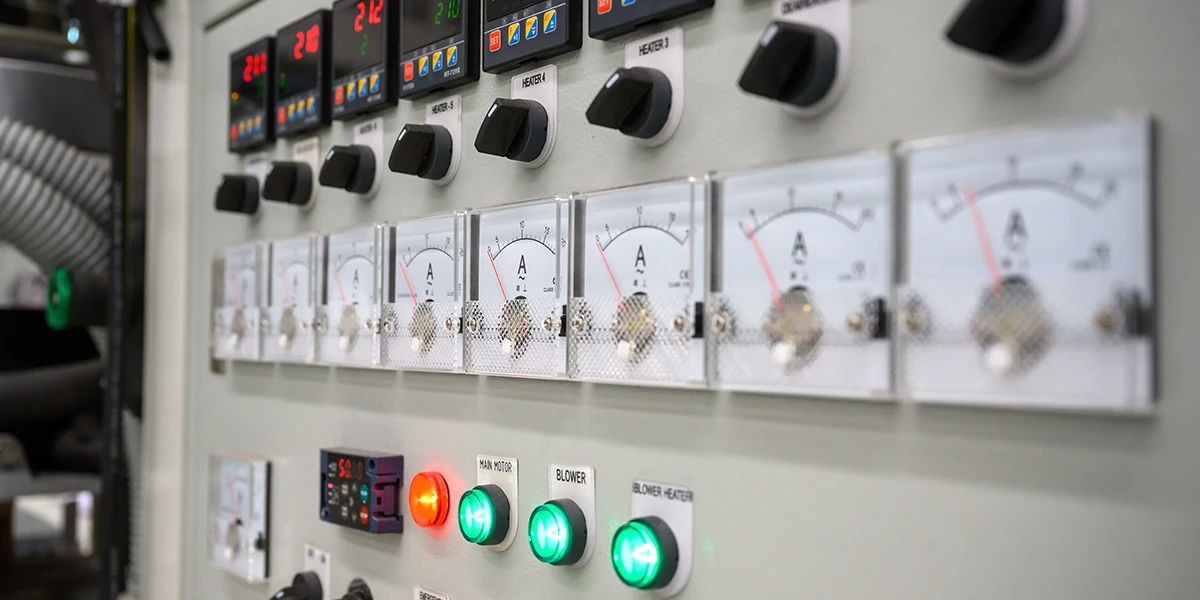
Uses of Industrial Control Equipment
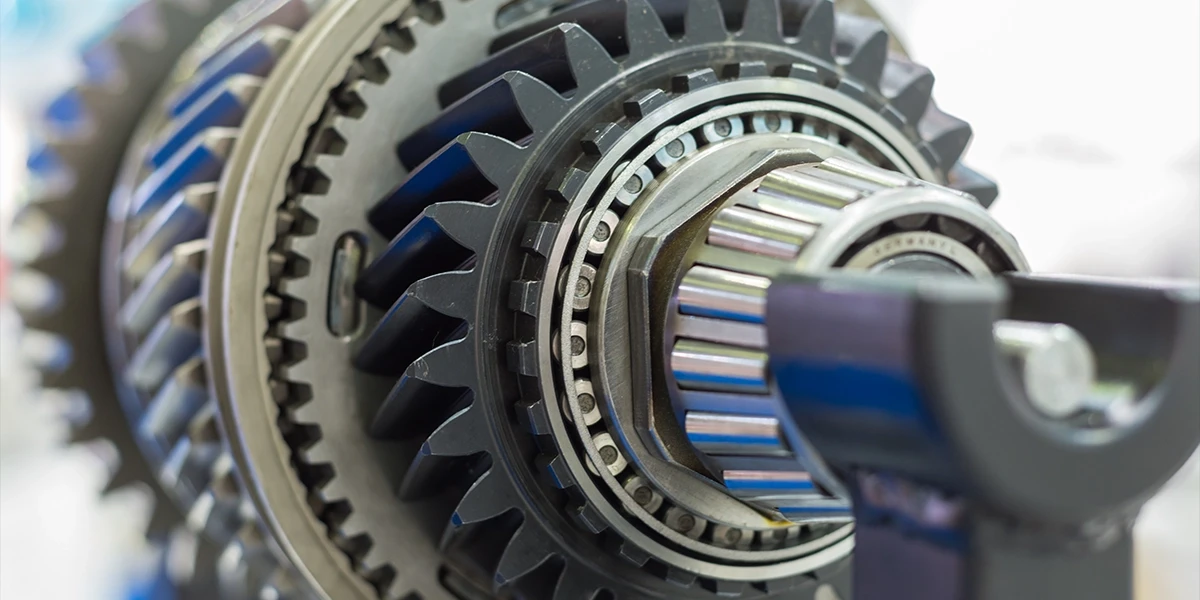
Top Bearings and Power Transmission Solutions
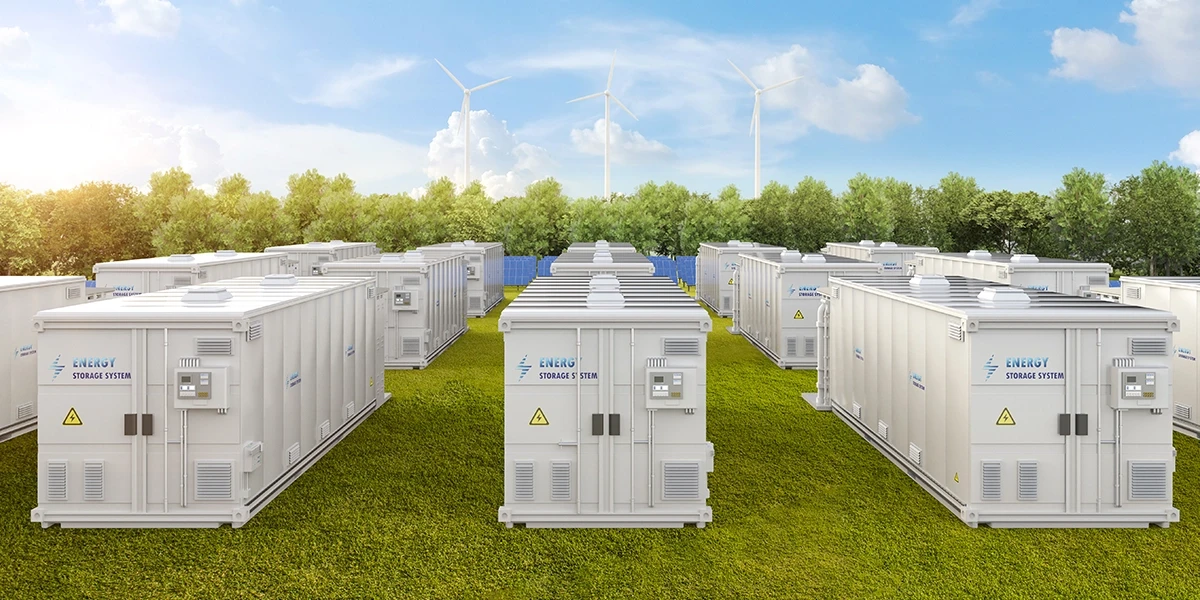
Buy Battery Energy Storage Systems Now
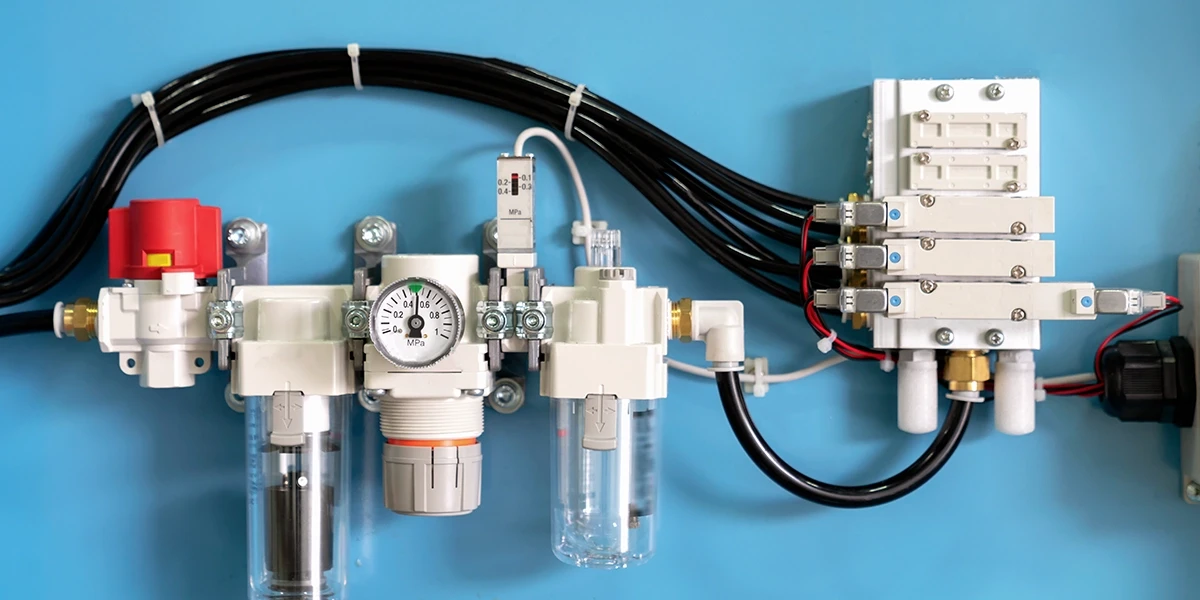
Benefits of Pneumatic Systems Today
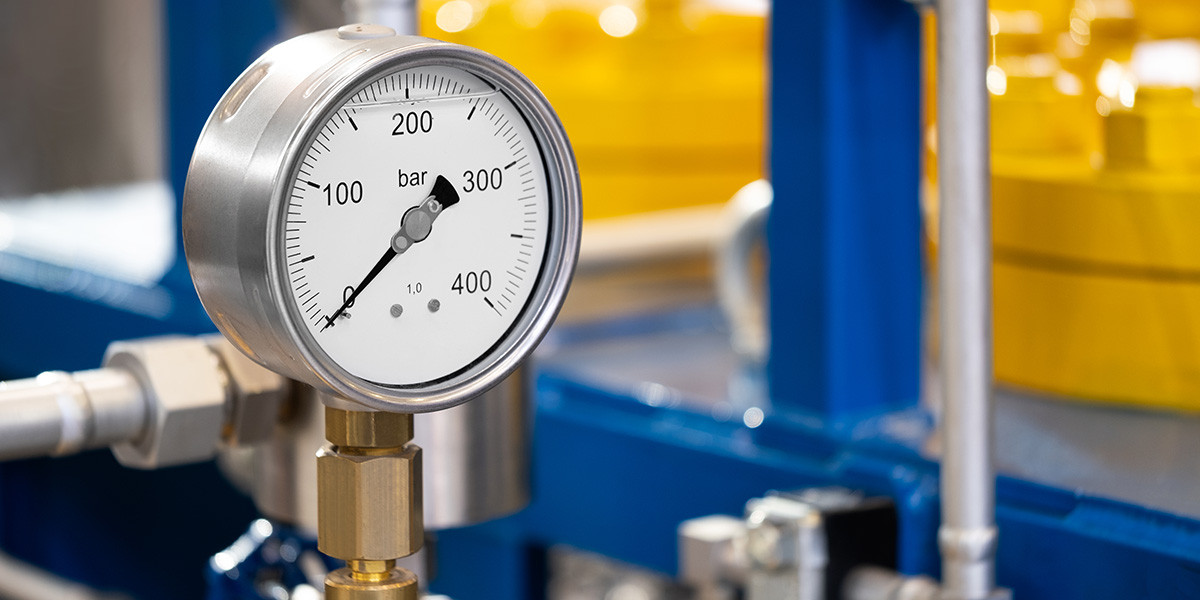
Durable Air Regulator Valve for Heavy-Duty Industrial Use
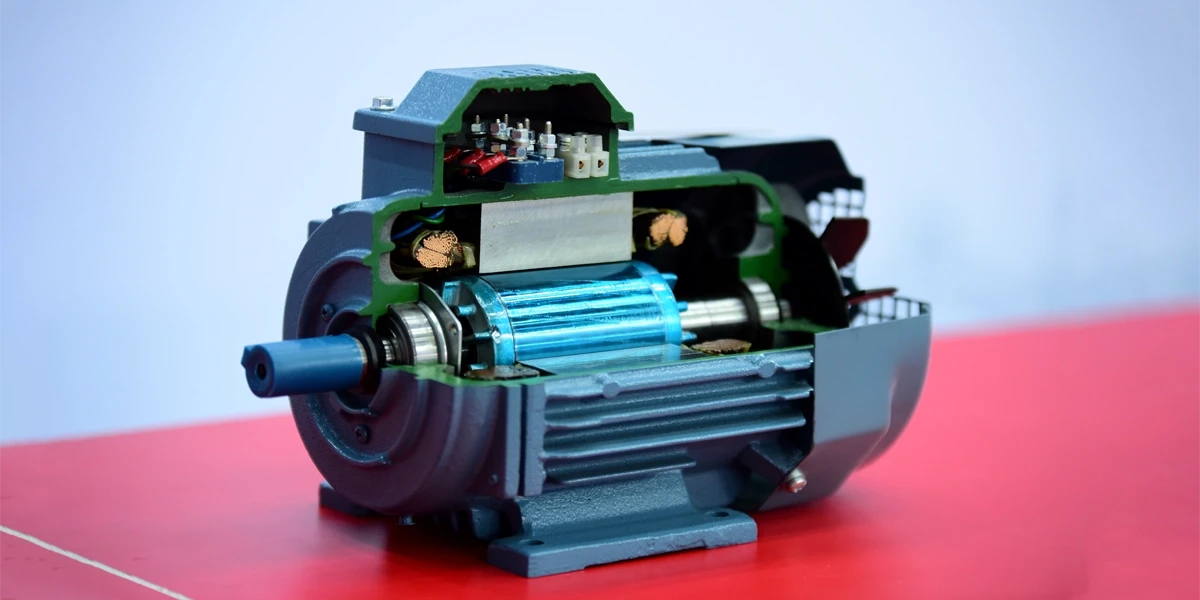
Power Motors Drive Today’s Industries